
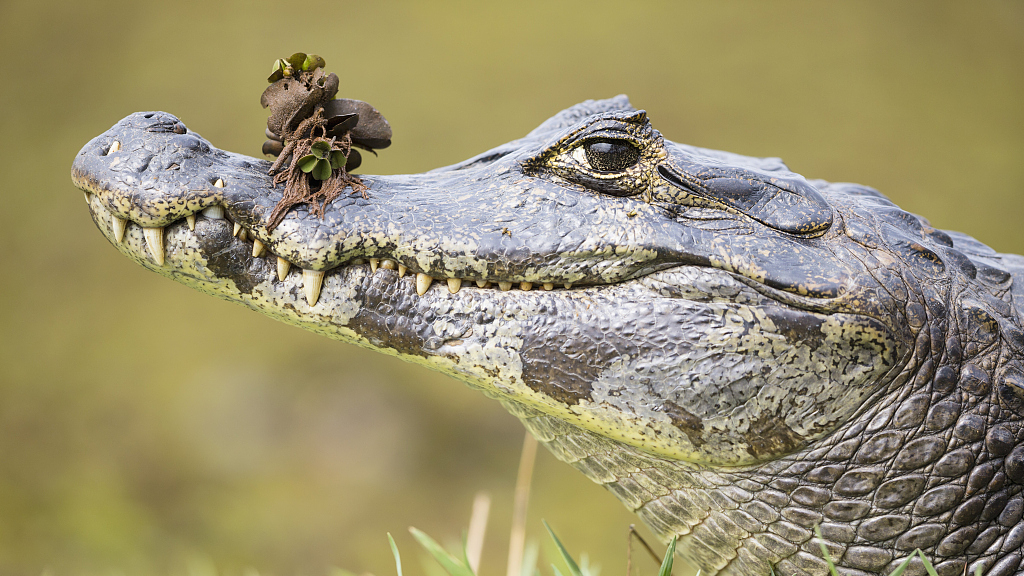
There are more than 450 species of lizards, snakes, turtles, tortoises, and caimans in the Amazon Basin. /VCG Photo
A majority of the world's reptiles are found in the Amazon.

The reptiles found in the Amazon include snakes, lizards, turtles and alligators. /VCG Photo
The reptiles found in the Amazon include snakes, lizards, turtles and alligators. Many of them have colorful and exotic appearances, which become their curse. As demand for reptiles as pets increases, a variety of rainforest tortoises, lizards, and even snakes are captured and sold internationally. This affects the biodiversity of the rainforest.
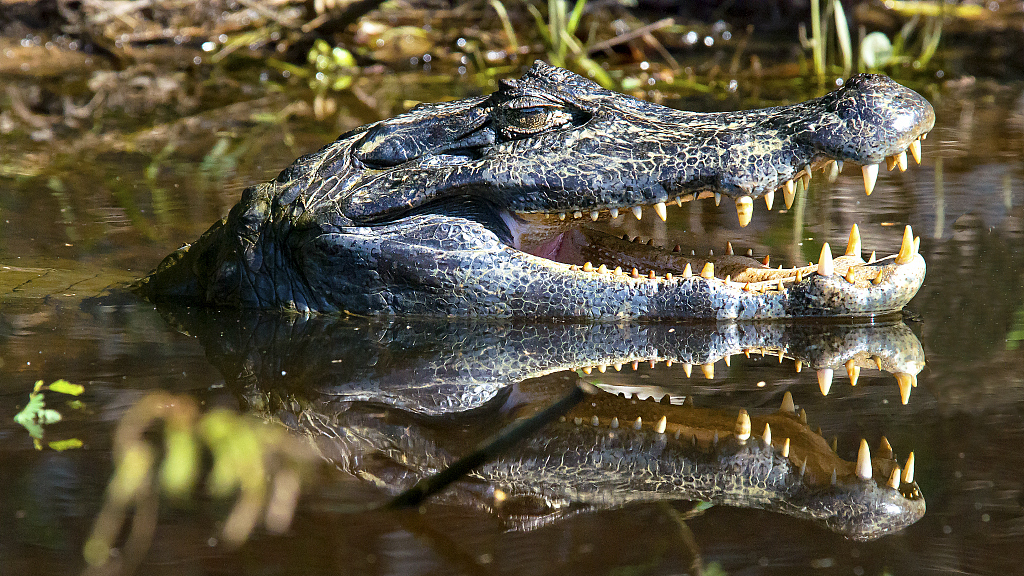
The black caiman is one of the largest and most ferocious predators in the Amazon ecosystem. It can be up to six meters in length and feed on a variety of fish, reptiles, birds, and mammals. /VCG Photo
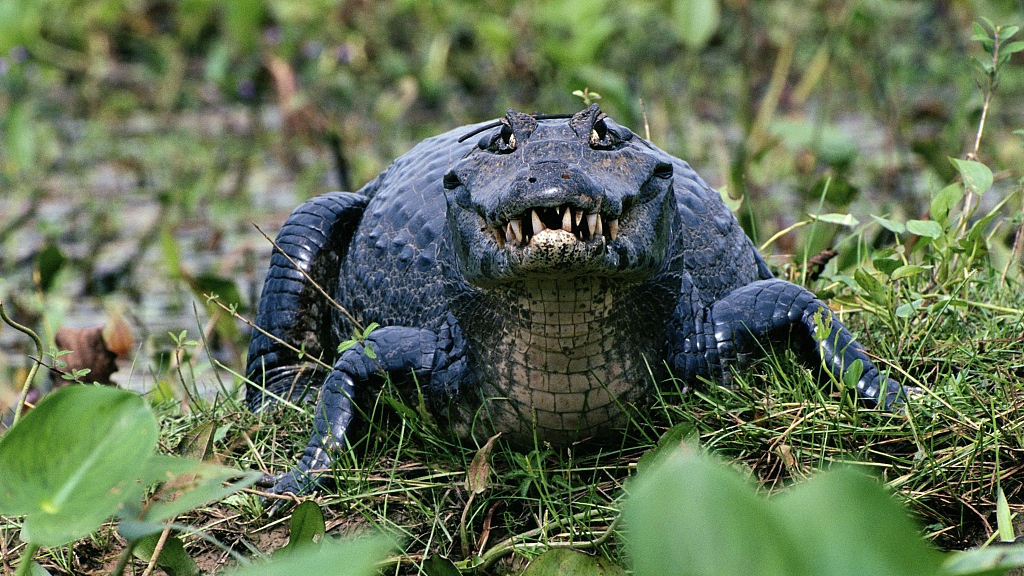
Black caimans can attack humans, but they're still victims to human-driven leather trade. /VCG Photo
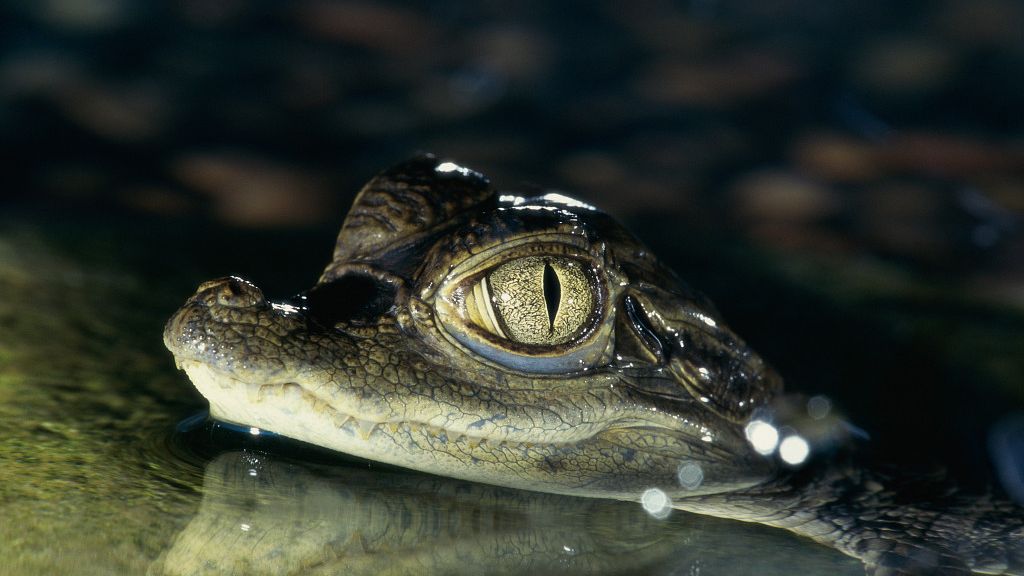
Though sometimes called "Amazon rainforest crocodile," the caiman is a member of the alligator family. Pictured is a spectacled caiman. /VCG Photo
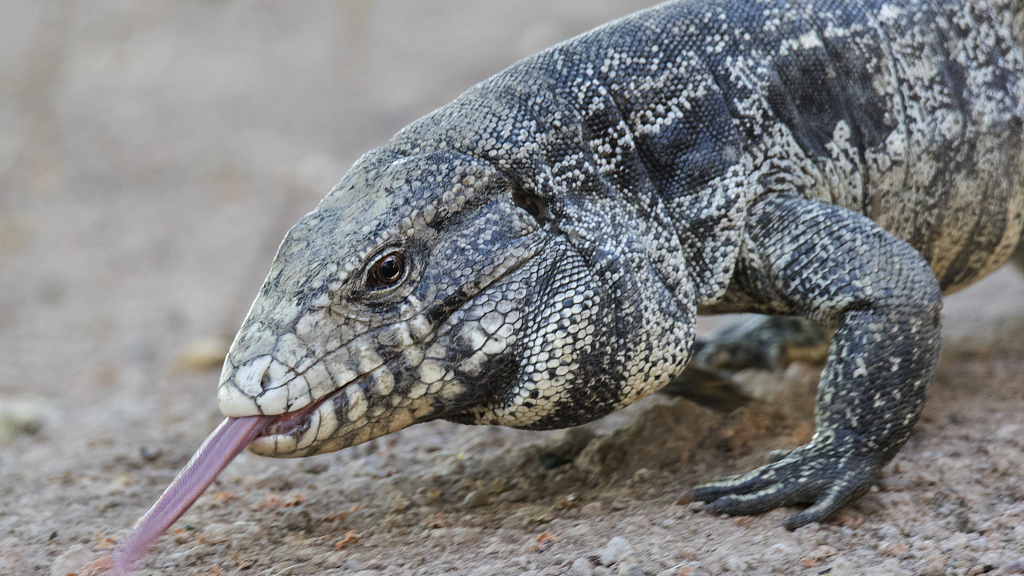
The tupinambis, more generally called the "tegu," is a lizard that looks like a mini crocodile. /VCG Photo
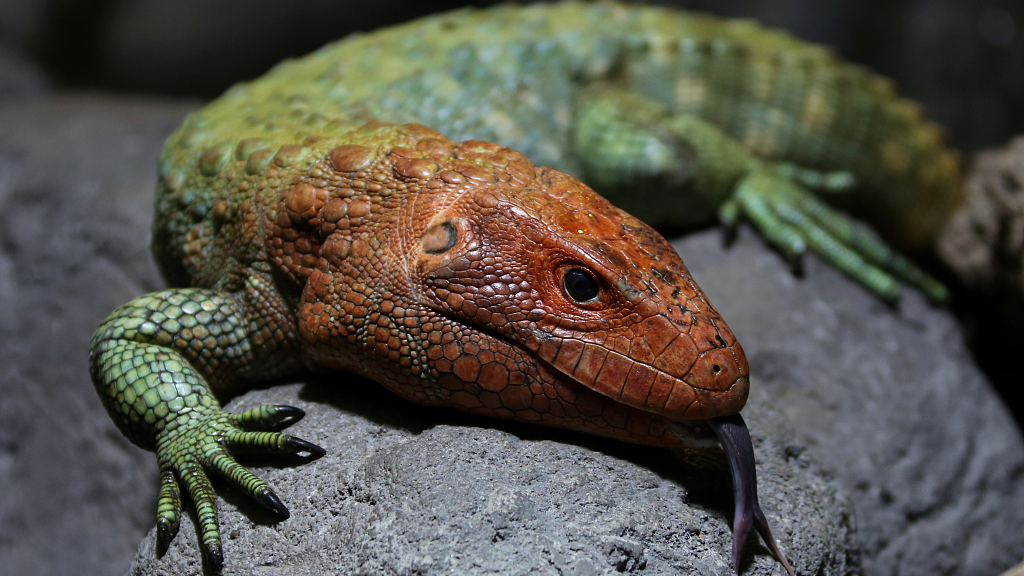
A cousin of the tegu is called the caiman lizard. Despite similar names, it has nothing to do with caiman alligator, except being the prey of the latter sometimes. /VCG Photo
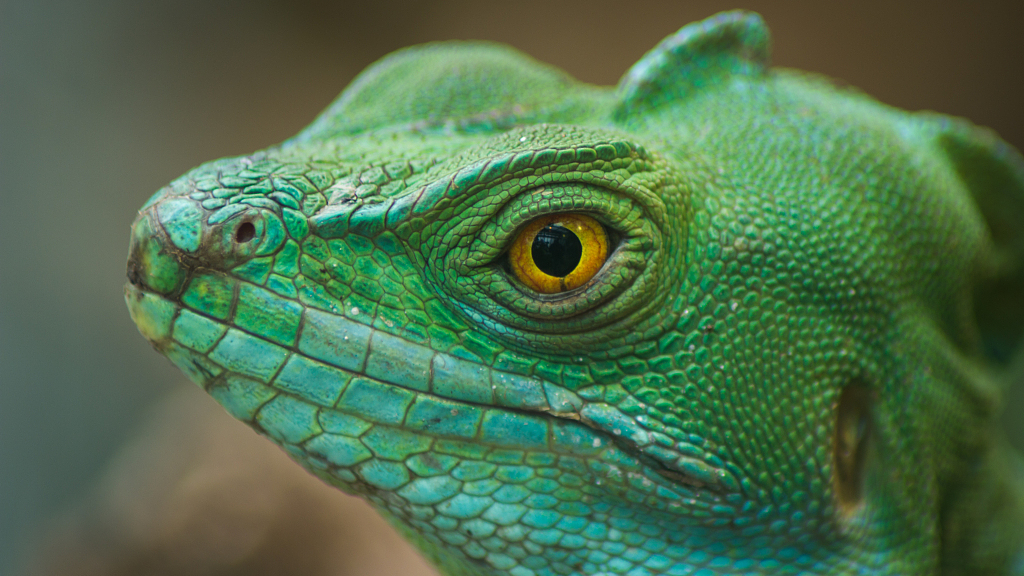
The green iguana looks a little bit scary, but it is a true herbivore. /VCG Photo
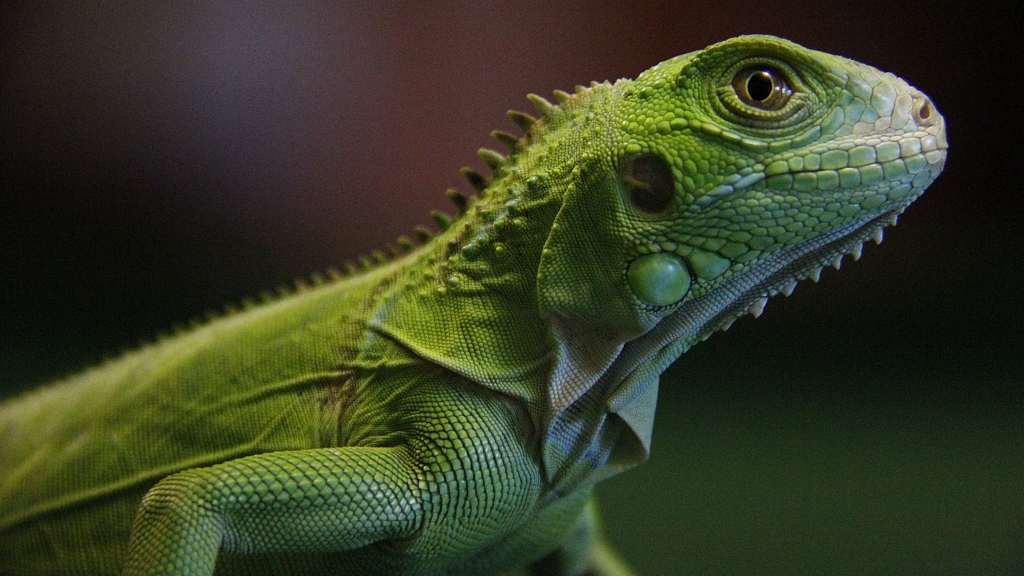
The iguana can be 1.5 to 2 meters long, but not aggressive at all. When frightened by a predator, green iguanas will attempt to flee and, if near a body of water, would dive and swim away. /VCG Photo
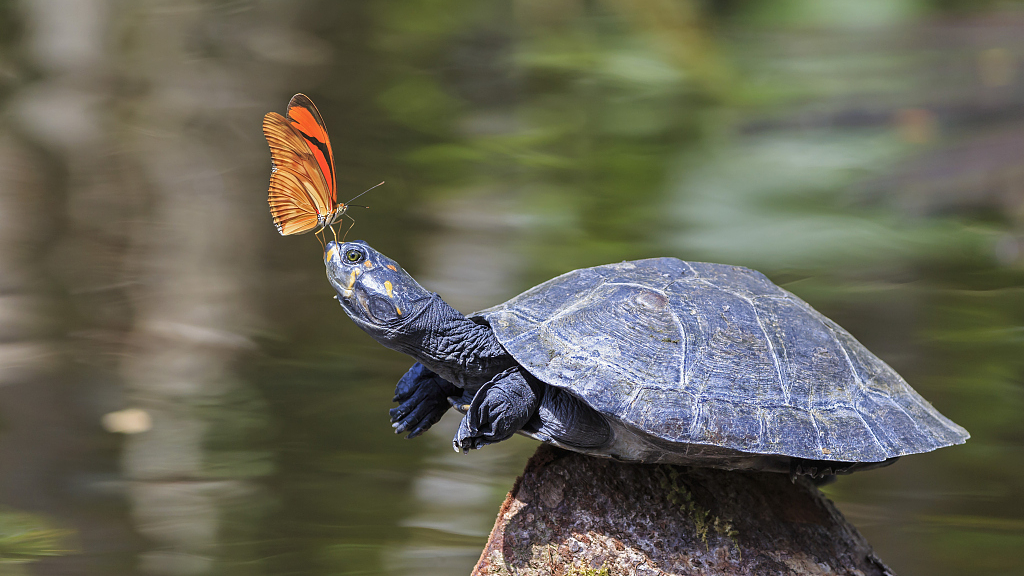
The Amazon River, as well as its tributaries and surrounding rainforest, hold approximately 45 freshwater turtle and terrestrial tortoise species. /VCG Photo
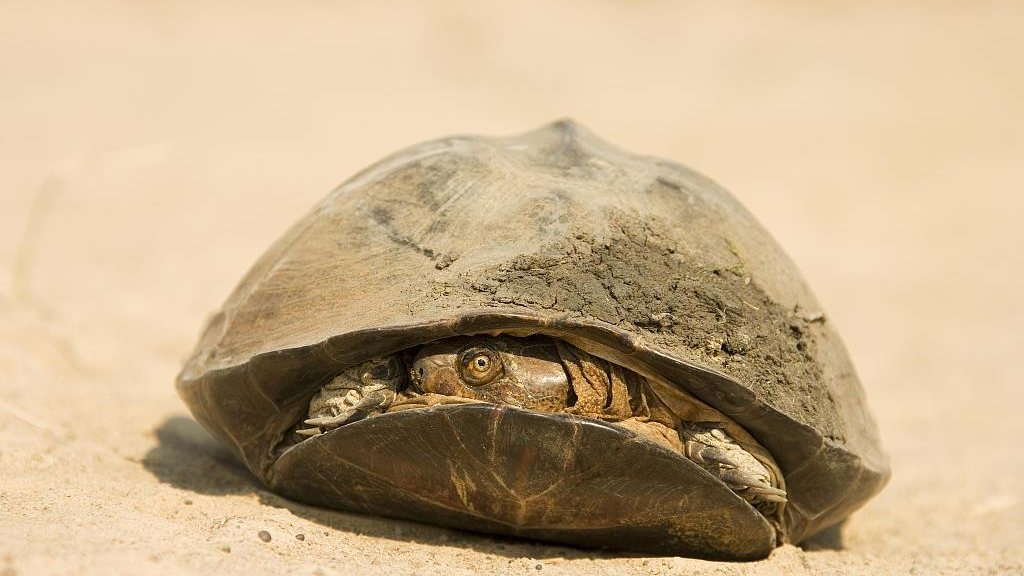
The side-necked turtle has a neck of a different structure from that of other turtles. It is folded sideways under the shell for concealment, instead of being pulled straight back. /VCG Photo
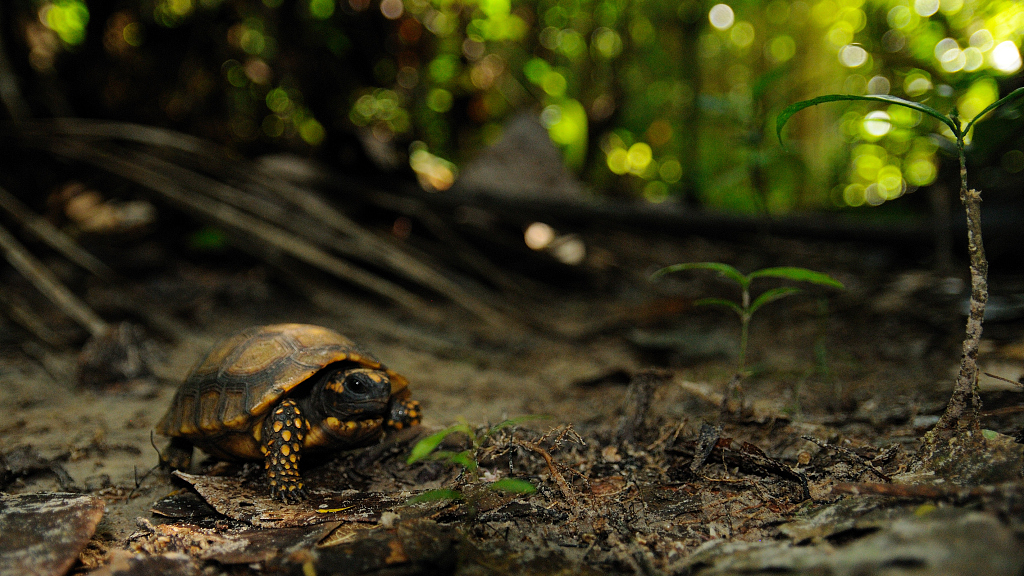
The yellow-footed tortoise could reach over a hundred pounds. Widely demanded for its valuable meat, today it is rare to see a specimen weighing much over 15 pounds. /VCG Photo
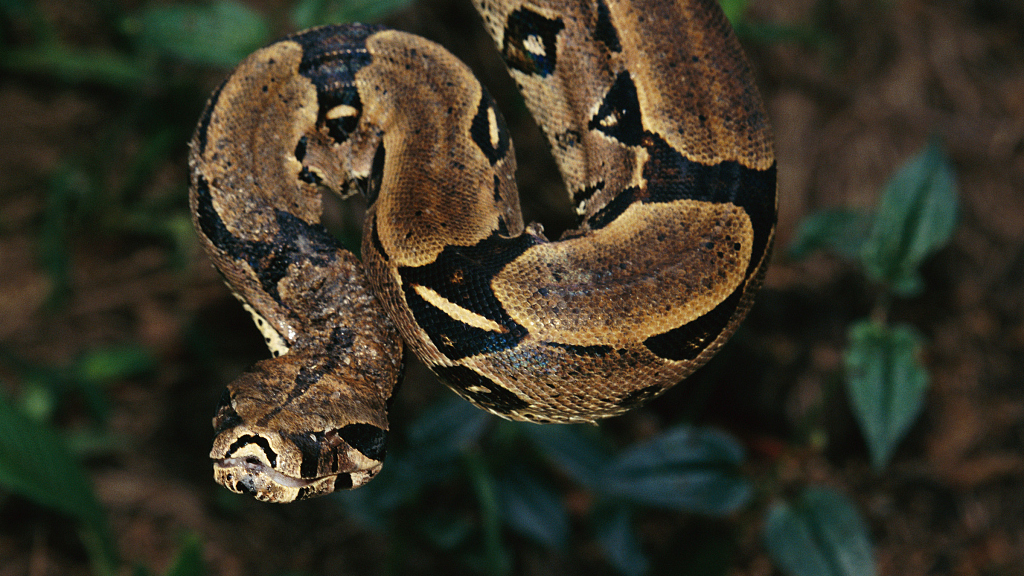
Boas are probably the most well-known snake species in the Amazon. All boas are carnivores and kill their prey by wrapping their bodies around the victim and suffocating it. But they are non-venomous. /VCG Photo
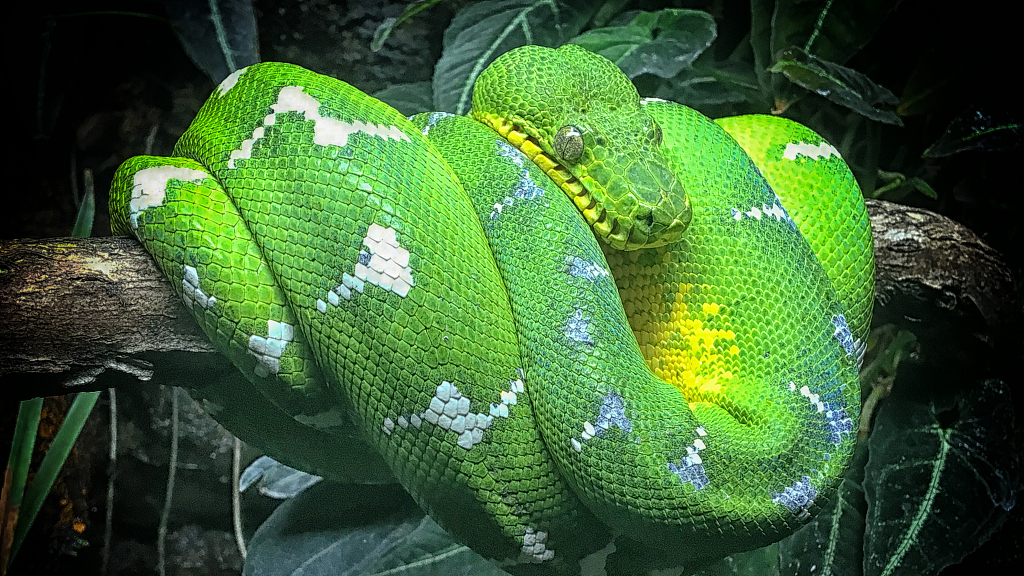
The Amazon tree boa is almost entirely arboreal. In a closed canopy environment there is no need for some animals to ever come down to the ground. /VCG Photo
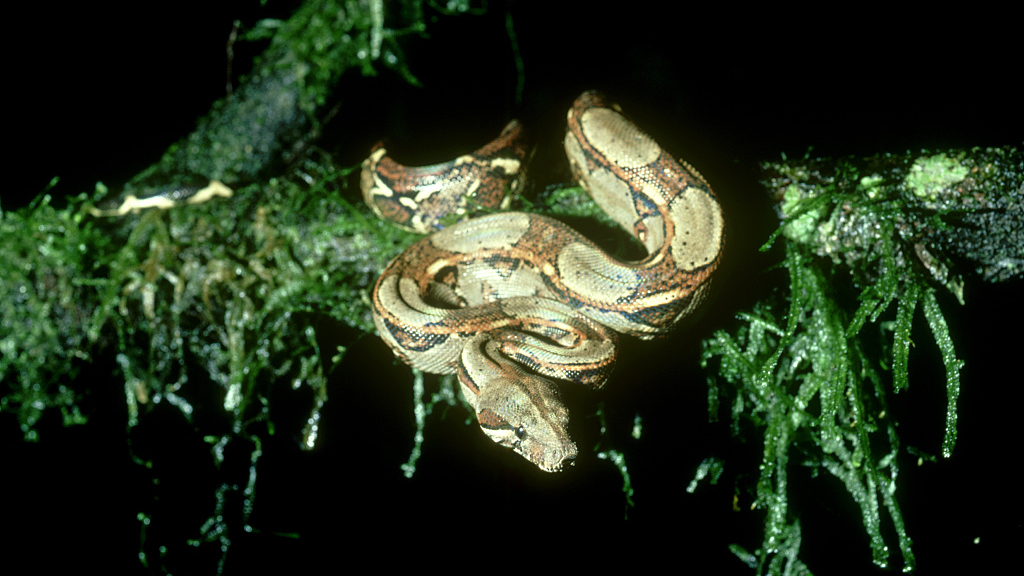
The Amazon boa constrictor is very strong. It can even hang from branches to hunt, using its muscle strength to catch passing birds. /VCG Photo
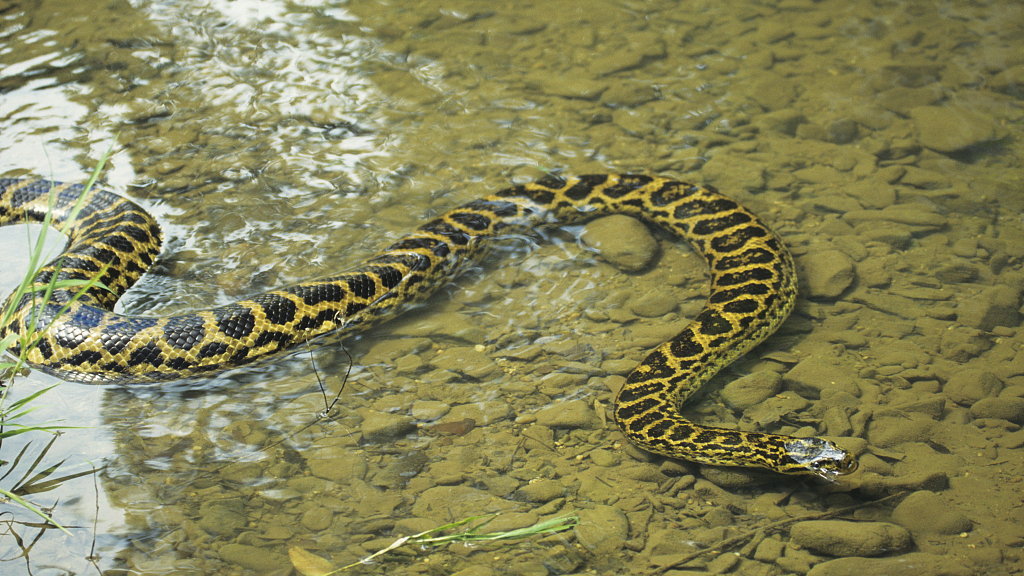
The anaconda, or water boa, is one of the largest snakes in the world. The green anaconda, weighing up to 97.5 kilograms, is the largest snake by weight. Up to 5 meters in length, it is the second longest snake worldwide, only after the reticulated python. /VCG Photo
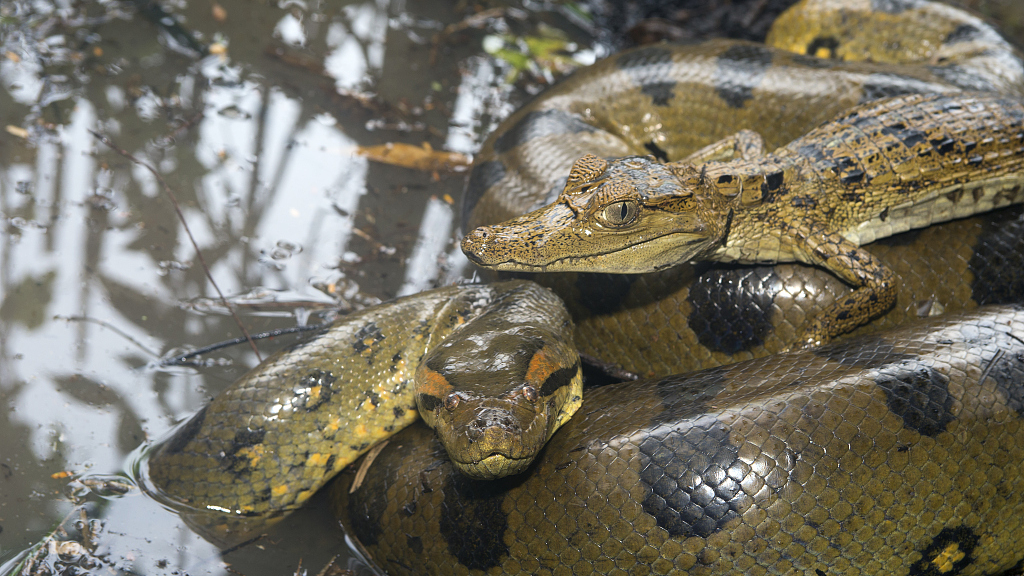
An encounter with an anaconda could be dangerous, but it is highly improbable that it would try to hunt or eat you. All claims and pictures of Anacondas eating humans are unverified so far. /VCG Photo
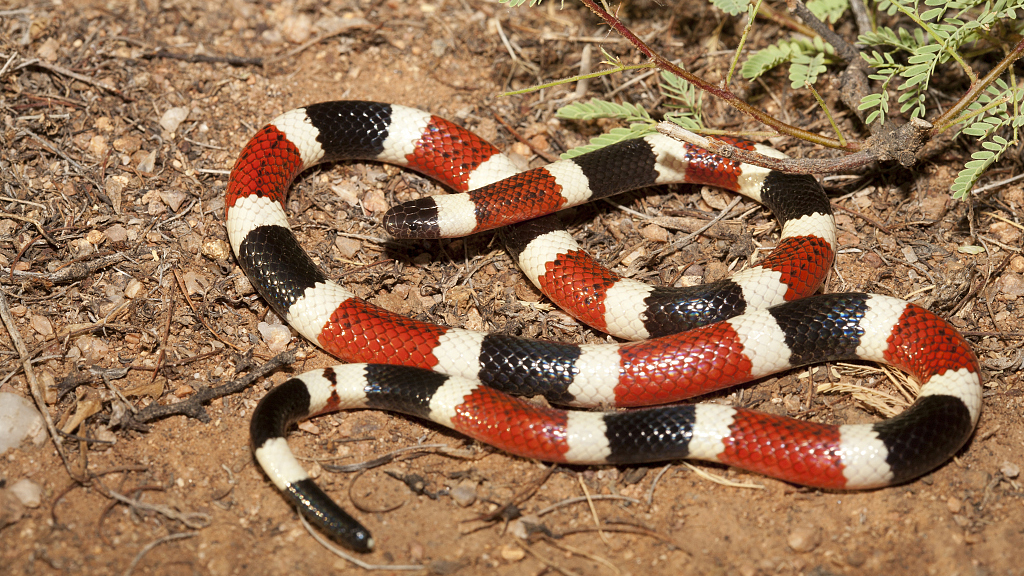
Coral snakes feed on lizards and other snakes, and are highly venomous. The bright color can be seen as a warning. /VCG Photo
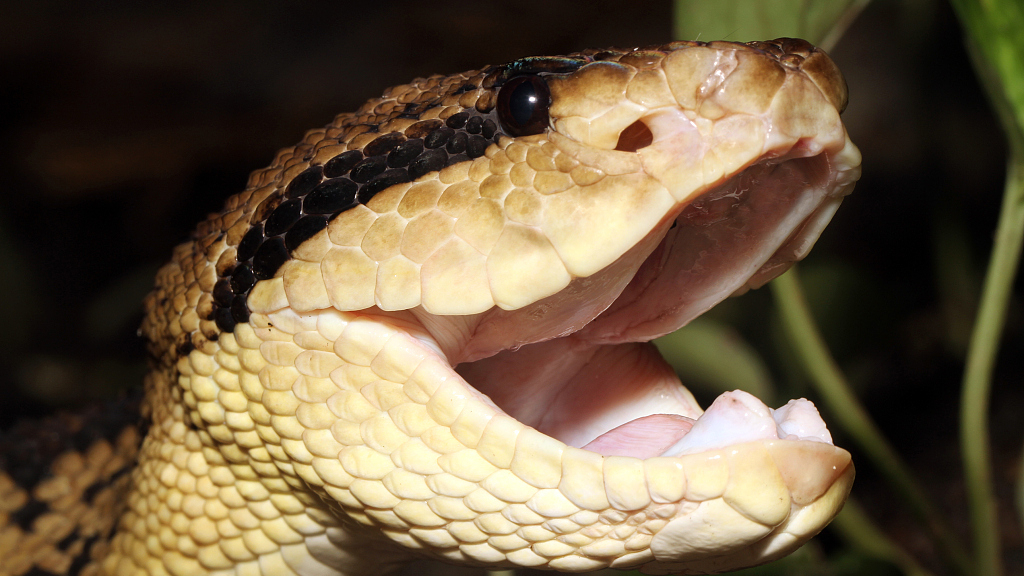
The special feature of the pit viper is a deep pit between the eye and the nostril on either side of the head. These pits are the external openings to a pair of extremely sensitive infrared-detecting organs, which in effect give the snakes a sixth sense to help them find and perhaps even judge the size of the small, warm-blooded prey. /VCG Photo
To discover more about Amazonian creatures, check here:
Exotic species in the Amazon rain forest – mammals
Exotic species in the Amazon rainforest – birds
Exotic species in the Amazon rainforest – fishes
Exotic species in the Amazon rainforest – amphibians
(Cover image via VCG)
(If you want to contribute and have specific expertise, please contact us at nature@cgtn.com.)

Copyright © 2018 CGTN. Beijing ICP prepared NO.16065310-3
Copyright © 2018 CGTN. Beijing ICP prepared NO.16065310-3